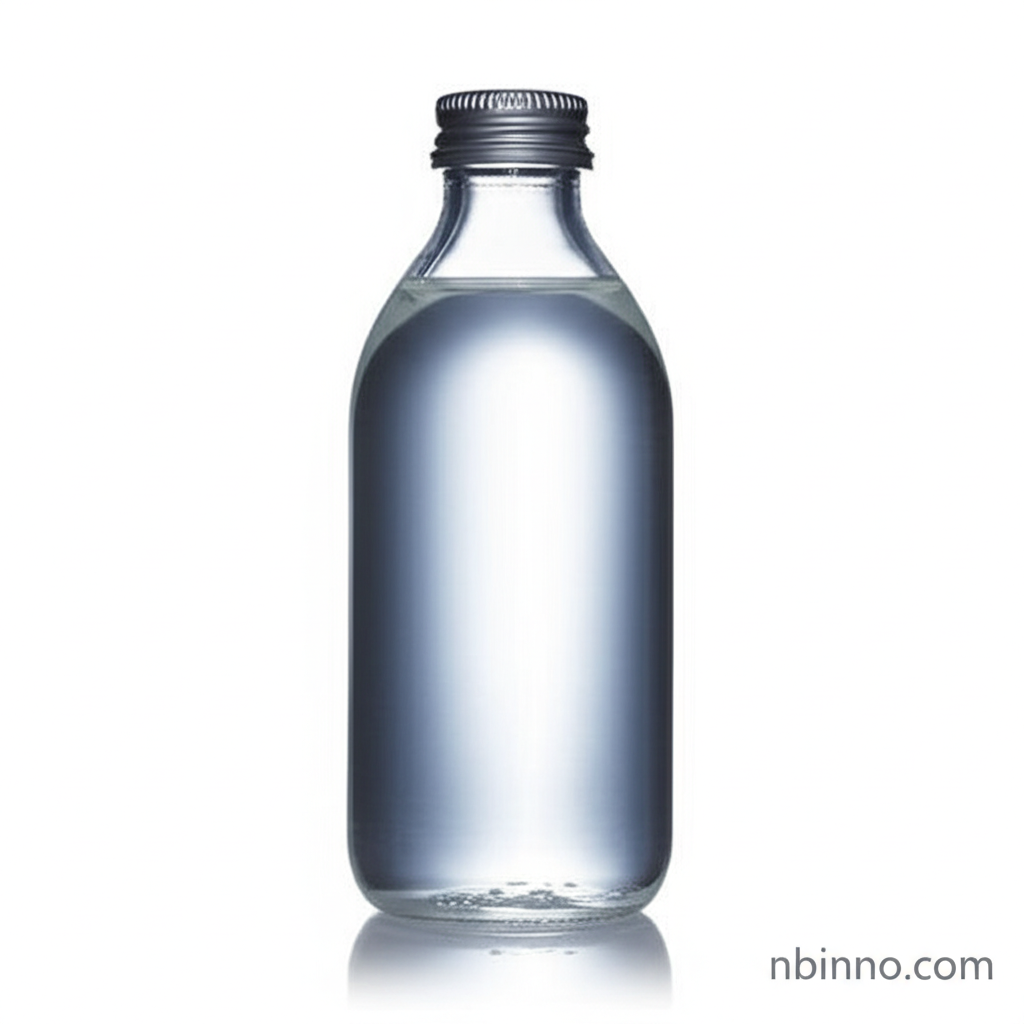2-(2-Ethoxyethoxy) Ethyl Acetate: The Versatile Solvent for Modern Industries
Discover the key properties and extensive applications of this vital chemical, essential for coatings, paints, and beyond.
Get a Quote & SampleProduct Core Value

2-(2-Ethoxyethoxy) Ethyl Acetate
2-(2-Ethoxyethoxy) Ethyl Acetate, identified by CAS number 112-15-2, is a highly effective organic solvent known for its utility across a wide array of industrial applications. Its unique chemical structure provides excellent solvency for various macromolecule substances, including lipid, rosin, chlorides rubber, neoprene, nitro-cotton, ethylcellulose, and alkyd. This makes it a go-to choice for formulators in demanding sectors.
- Explore the diverse 2-(2-Ethoxyethoxy) Ethyl Acetate applications and how they benefit manufacturing processes.
- Understand the critical Carbitol Acetate uses in improving product performance and formulation stability.
- Learn about the solvent properties of CAS 112-15-2 solvent properties that make it invaluable in coatings and paints.
- Discover the role of Diethylene glycol monoethyl ether acetate industry applications in driving innovation and efficiency.
Key Product Advantages
Superior Solvency
The chemical intermediate for organic synthesis offers exceptional solvency for a broad range of materials, ensuring effective dissolution and performance in formulations.
Controlled Evaporation
With its slow evaporation rate, it is ideal for applications where controlled drying is crucial, such as in specialized paint and ink formulations, contributing to smooth finishes and preventing defects.
Versatile Application
The multifaceted chemical auxiliary and catalyst uses highlight its importance across sectors, from automotive paints to household cleaning agents.
Key Applications
Coatings Industry
As a key component in the paint and coating solvent guide, it functions effectively in metal and furniture spray paints, brush paints, and printing inks, ensuring high-quality finishes.
Chemical Synthesis
Its role as an organic intermediate makes it crucial for various synthesis processes, contributing to the development of new and improved chemical products.
Textile Auxiliary
Used as a textile auxiliary agent, it aids in dyeing and printing processes, ensuring vibrant and consistent color application on fabrics.
General Solvent Use
Its excellent solvency and favorable evaporation profile make it a preferred choice for various cleaning agents and general industrial solvent needs.
